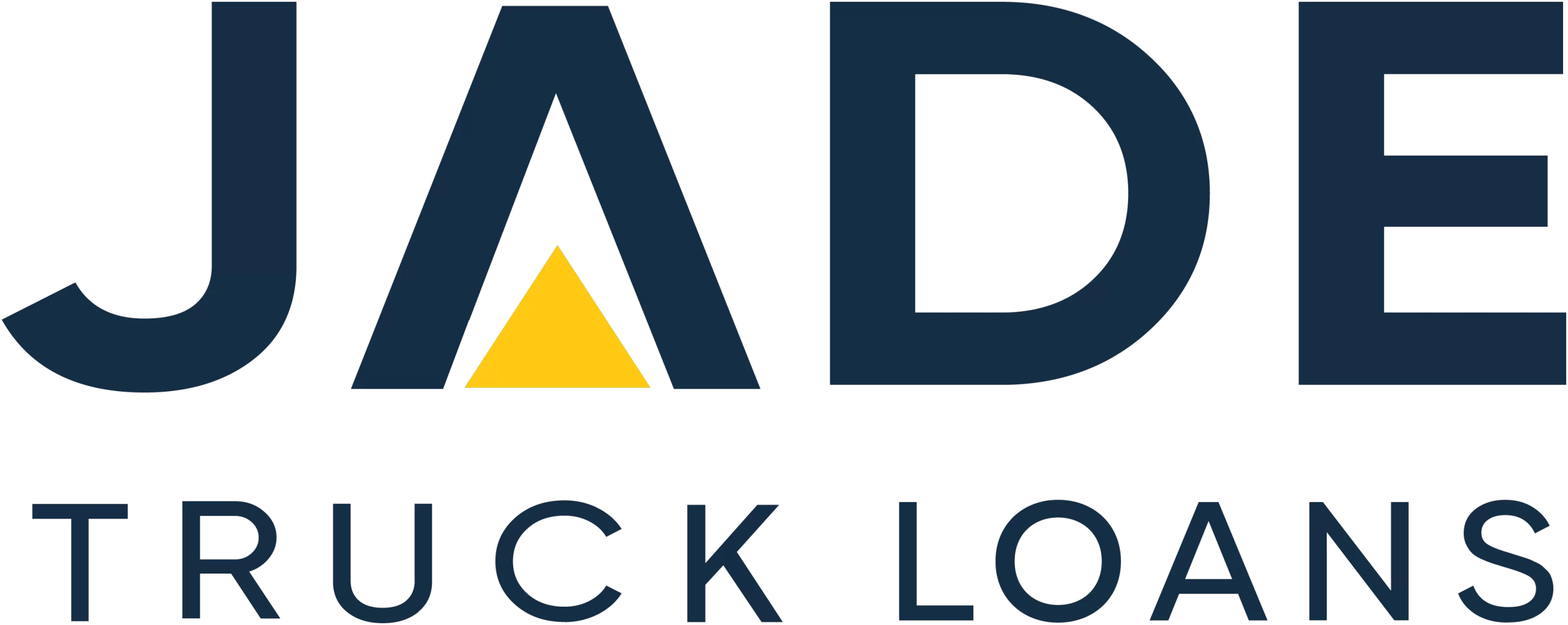The latest inflation figures do not signal good news for those in the market for finance. The realistic expectation from the June inflation data will be further interest rate increases across lending sectors including truck loan interest rates. The connection between inflation and interest rates is significant. Having a clear understanding of the current economic conditions and forecasts may assist operators to time their vehicle purchases and truck loan applications to achieve the cheapest loan outcomes.
We report on the June quarter inflation figures as released by the Australian Bureau of Statistics (ABS), what is being done to curb inflation and how operators can still achieve cheaper truck loan interest rates.
Latest Inflation Data
The ABS reported on 27 July in a statement that the annual rate of inflation has increased to 6.1%. The rise for the June quarter at 1.8% was slightly below the rise in the March quarter of 2.1%. Though lower than March, the June results are still the second biggest rise since GST was introduced.
As Michelle Marquardt, ABS Head of Prices Statistics, said the biggest contributors to the June quarter increase were fuel costs and new dwellings. Ms Marquardt said the supply and labour shortages in the building sector, high transport costs and construction activity continuing at high levels contributed to the increased prices of new dwellings. Less grant payments also had a contributing effect.
Prices rises in goods accounted for 79% of the CPI rise while services prices rose less. This result is seen as reflecting the constraints on supply combined with strong demand as well as rising costs of freight.
Fuel prices were up again, this time recording eight consecutive quarters of increases. This is seen as a result of the Ukraine invasion which has created a global shock in oil prices combined with the easing of pandemic restrictions globally which as strengthened demand.
Prices for groceries continued to increase in the quarter for both non-food and food items. Supply chain issues are seen as driving up prices in the durable goods market.
On a domestic level, food price increases are attributed to recent flood events which have seriously impacted supply. Shortages in the labour market as well as the rising costs of freight are also seen as contributors.
Who’s doing what to curb surging inflation and rising rates?
In Australia, inflation is influenced by a multitude of factors. Some stem from global events and conditions, while others are specific to the domestic economy. Rising prices are a result of the growing dissonance between robust demand and supply, a situation exacerbated as pandemic-related restrictions are gradually lifted. The scarcity of available labor within Australia, a consequence of the nation's historically low unemployment rate at 3.5%, is significantly hampering businesses from achieving optimal operational capacity.
To counteract the burgeoning inflation, the Reserve Bank of Australia (RBA) has embarked on a course of action aimed at curbing expenditure by means of elevated interest rates. The RBA has already implemented three consecutive cash rate increases over the past few months, with another substantial hike anticipated on August 2nd, accompanied by the expectation of further increases in the coming months. However, Governor Lowe has reiterated on multiple occasions that the impact of these measures will take time to become evident in the broader economic landscape.
From the government perspective, Treasurer Jim Chalmers responded to the latest figures saying they were confronting but not surprising. On 28 July, Mr Chalmers delivered a ministerial statement to Parliament. While the statement covered the background on the current economic conditions, renewed forecasts and the new Government’s general policy direction, no specific measures were announced. The Treasurer is due to bring down his first budget in October.
The statement included forecasts for inflation which the Treasurer noted was expected to peak around 4.25% in forecasts of 3 months ago. The rate is already 6.1%. He said that Treasury’s renewed forecasts have inflation at 5.5% in mid-2023 and closer to the RBA’s target range of 2-3% in mid-2024.
Addressing Increasing Truck Loan Interest Rates
As the RBA moves on the official cash rate, banks and lenders respond with their own increases in rates across their lending markets. So in the current economic scenario, expect truck loan rates in general to continue to rise as the RBA announces further rate hikes in coming months.
Increases in the cash rate by the RBA will take time to have a significant effect on inflation which may then potentially lead to rate cuts. As the Treasurer noted in his recent statement, that could be 2 years away. In the immediate future, operators seeking finance to purchase new vehicles will be seeking ways to secure the cheaper truck loan interest rates.
Jade Truck Loans addresses the rising rate scenario by continuing to achieve cheaper truck loan rates for our customers. This we achieve through a combination of a large choice of lenders, expertise and experience and bargaining power to negotiate hard on behalf of customers.
Operators requiring truck finance can work with their Jade consultant to consider a range of options to achieve the cheapest rate and the target repayment figure that works with their cash flow. Options may include the choice of truck loan products as rates do vary across the range and varying the loan elements – term, balloon/residual and loan amount.
As a Truck Loan Broker, Jade Truck Loans addresses the rising rate scenario by continuing to achieve cheaper truck loan rates for our customers. This we achieve through a combination of a large choice of lenders, expertise and experience, and bargaining power to negotiate hard on behalf of customers.
Contact Jade Truck Loans on 1300 000 003 for cheaper interest rate truck finance.
DISCLAIMER: THIS INFORMATION IS ISSUED PURELY FOR THE PURPOSE OF GENERAL INFORMATION PROVISION. IT IS NOT TO BE TAKEN AS THE ONLY SOURCE OF INFORMATION FOR BASING FINANCIAL DECISION-MAKING. THOSE REQUIRING FINANCIAL GUIDANCE AND ADVICE SHOULD CONSULT WITH THEIR FINANCIAL CONSULTANT OR ADVISOR. NO LIABILITY IS ACCEPTED FOR ANY MISREPRESENTATION OF POLICIES, DATA OR ERRORS IN THIS CONTENT.


 " alt="">
" alt="">